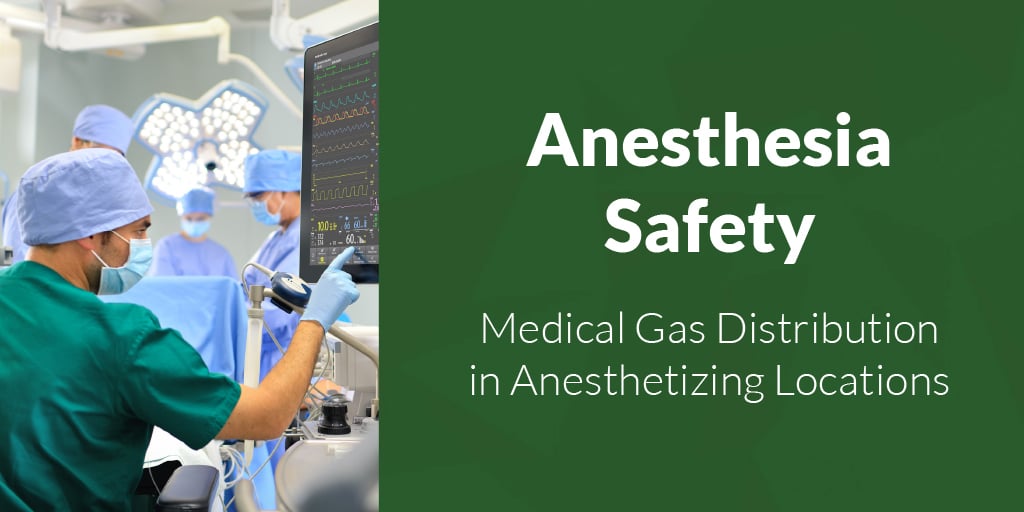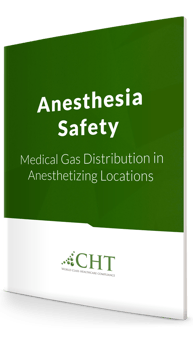
It's hardly unexpected that among the diverse areas dedicated to care within a healthcare facility, the surgical suite stands out as one of the most important. It is not only vital because of the critical life-saving procedures that occur within the surgical suite but also because of its impact on the organization's overall financial health.

Different Levels of Anesthesia in Healthcare Facility
It is essential to understand the different levels of sedation that may be administered. Although it is considered a sliding scale in most hospital ORs, there are four distinct levels of anesthesia, based upon the patient’s physical response to the drug-induced state.
1. General Anesthesia
2. Deep Sedation/Analgesia
A depression of consciousness in which the patient cannot be easily aroused, but will respond to repeated or painful stimulation
3. Moderate Sedation/Analgesia or Conscious Sedation
4. Minimal Sedation or Anxiolysis
"Any area of a facility that has been designated to be used for the administration of general anesthesia."
In the 2018 edition of NFPA 99, this definition is no longer included, but as it relates to the design requirements of zone valves and area alarm panels, anesthetizing locations for moderate or deep sedation or general anesthesia are grouped into the same category.
“It shall be the responsibility of the health care facility’s governing body to designate anesthetizing locations.”
Anesthesia Safety: Requirements for Zone Valves and Area Alarm Locations
- Zone valves shall be located outside each anesthetizing location.
- The zone valves shall be readily accessible.
- Shutting off one zone valve shall not affect others.
- Area alarm panels shall monitor all gas systems and provide surveillance of pressure variations of +/- 20% from normal operating pressure and vacuum decreases of 12in HgV.
- The sensor locations for the area alarm panels may be installed on either the source side of individual room zone valve box assemblies or the patient side of each of the individual zone valve box assemblies.
Conclusion
Medical gases are found throughout healthcare facilities, especially in anesthetizing locations such as operating rooms. Anesthetizing areas require a few special considerations during the planning and design stages. When completed correctly, the setting can provide an environment maximized for the safety and well-being of patients and staff.
Healthcare facilities must confirm that all the equipment and devices that affect life safety are trustworthy.
Managing your medical gas equipment with risk assessment can be a complicated situation. Consult with your CHT representative to have the confidence your facility is safe and will pass your next survey.




